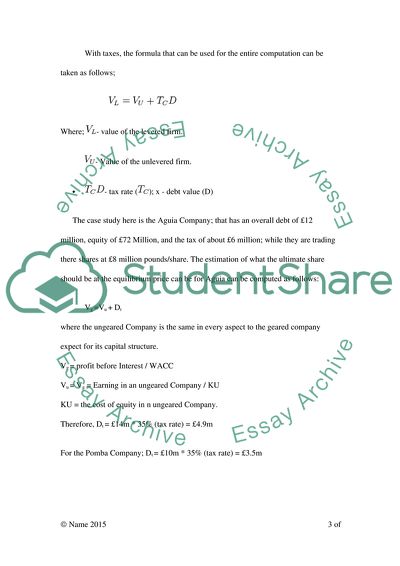Cite this document
(Financial Management (Degree Level) Coursework Example | Topics and Well Written Essays - 3000 words, n.d.)
Financial Management (Degree Level) Coursework Example | Topics and Well Written Essays - 3000 words. https://studentshare.org/finance-accounting/1864627-financial-management-degree-level
Financial Management (Degree Level) Coursework Example | Topics and Well Written Essays - 3000 words. https://studentshare.org/finance-accounting/1864627-financial-management-degree-level
(Financial Management (Degree Level) Coursework Example | Topics and Well Written Essays - 3000 Words)
Financial Management (Degree Level) Coursework Example | Topics and Well Written Essays - 3000 Words. https://studentshare.org/finance-accounting/1864627-financial-management-degree-level.
Financial Management (Degree Level) Coursework Example | Topics and Well Written Essays - 3000 Words. https://studentshare.org/finance-accounting/1864627-financial-management-degree-level.
“Financial Management (Degree Level) Coursework Example | Topics and Well Written Essays - 3000 Words”. https://studentshare.org/finance-accounting/1864627-financial-management-degree-level.


